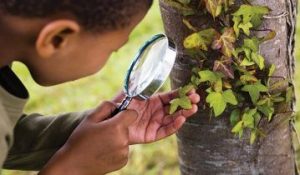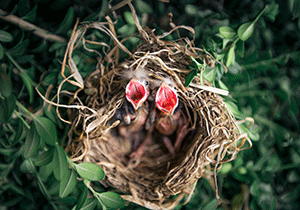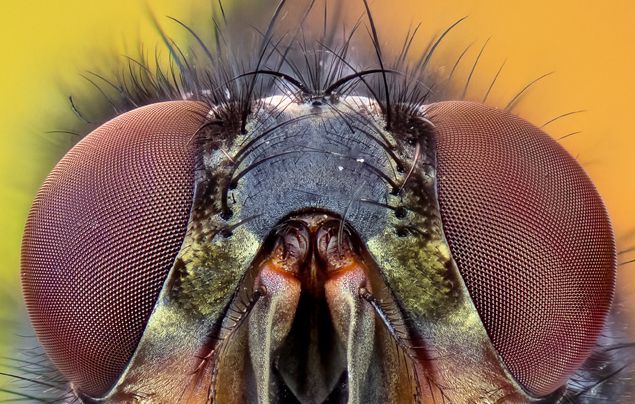Science with Dr Karl: In the eye of a fly!
Looking into a fly’s eyes with Dr Karl…
THE FLY AND THE EYE!
One of the first things that I learnt as an engineer was the old saying “never reinvent the wheel”, which means don’t change something that already works well, like some things in nature, for example. Biomimetics refers to human-made processes, devices and designs that mimic nature. Let’s look at an example where scientists are copying the eye of an ancient fly species to increase the power output of a solar panel!
THE EYES HAVE IT
Some 45 million years ago, there was a fly species that was active in the dim light around dawn and dusk. One unlucky fly got caught in the slowly flowing sap of a tree and died, being almost perfectly preserved in the sap, which hardened into a block of solid amber. Fast forward to the present day, when modern scientists found the preserved fly and looked at it very closely under a high-powered electron microscope. They discovered the surface of the fly’s eyes had some very fine parallel corrugations (a type of fold). These corrugations were a regular 250 nanometres apart (a nanometer is a billionth of a metre!).
NATURE KNOWS BEST
The scientists determined that these tiny corrugations were stopping light from being reflected, which meant that virtually all the light landing on the front surface of the fly’s eye was entering the eye… very useful for a fly looking for food in the dim light of dawn and dusk. This discovery revealed the earliest known anti-reflective optical device – 45 million years old!
Have you ever looked at a solar panel? Did you catch a shiny reflection off the glass face as you looked at it from different angles? Probably, yes! The light from the solar panel that entered your eyeball was being wasted. It should not have reflected off the front of the solar panel, it should have gone into
the solar panel to be converted into
electrical power!
Biomimetic engineers have learned from nature. They’ve copied the corrugations on the fly’s eyes and applied them to solar panels and now we have panels that absorb all of the light that lands on them, and waste none of it – producing 10 per cent more power. That’s pretty fly!
DID YOU KNOW? The bumps on the tails of humpback whales improve their efficiency in swimming through the ocean. This technology is being used to increase the efficiency of wind turbines!
DID YOU KNOW? Geckos can run across water, oil, sand and dirt and still stick to your ceiling. Scientists have studied the mechanism that the gecko uses (called van der Waals force) and are now making ‘gecko gloves’ that let you climb up the side of a building!
DID YOU KNOW? Velcro was invented in 1948 after a Swiss chemist, George de Mestral, became fascinated by how cockleburs stuck to his dog’s fur!
More Like Nature

Hamza Yassin interview!

Scavenger Hunt!

The life cycle of flowering plants










LEAVE A COMMENT
THANK YOU
Your comment will be checked and approved shortly.
WELL DONE,
YOUR COMMENT
HAS BEEN ADDED!
COMMENTS
nice
Amazing
cool
wow wow wow
CUSTOMIZE YOUR AVATAR